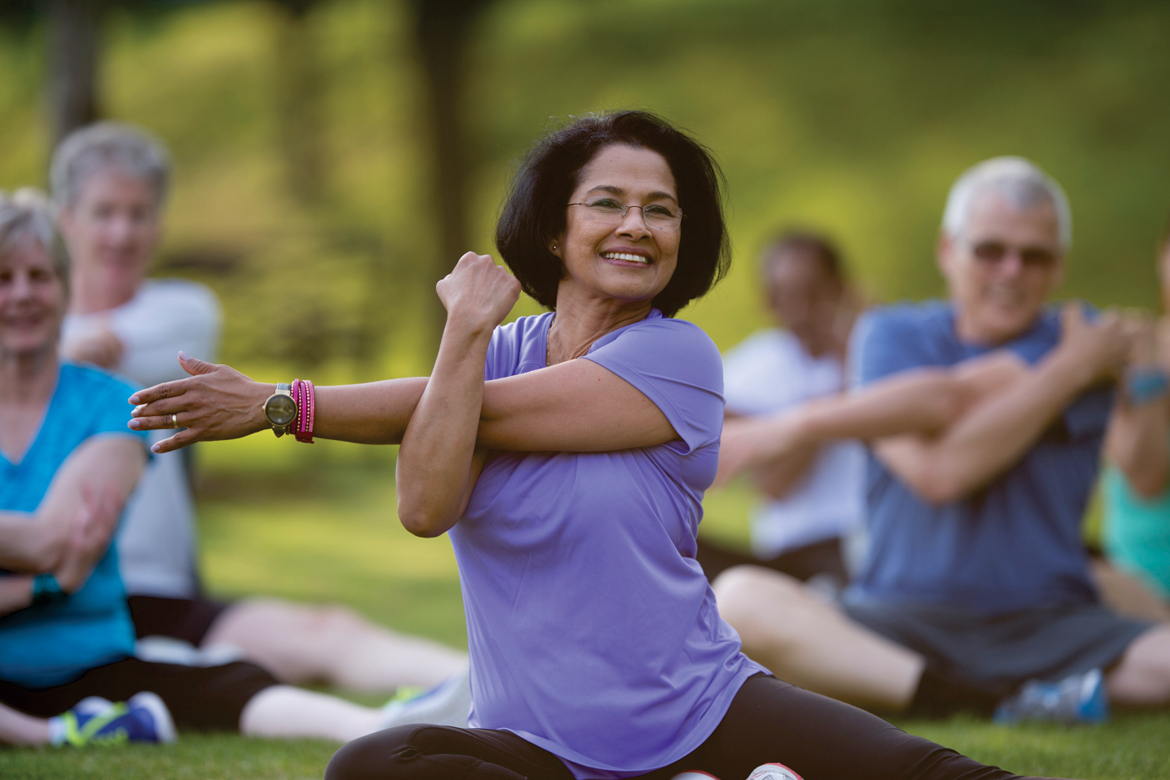Bones give your body its overall structure and provide support and protection for internal organs. They store calcium and other minerals and work with your muscles to allow body movement.They also contain bone marrow that looks like thick jelly and its job is to produce blood cells.
What are bones made of?
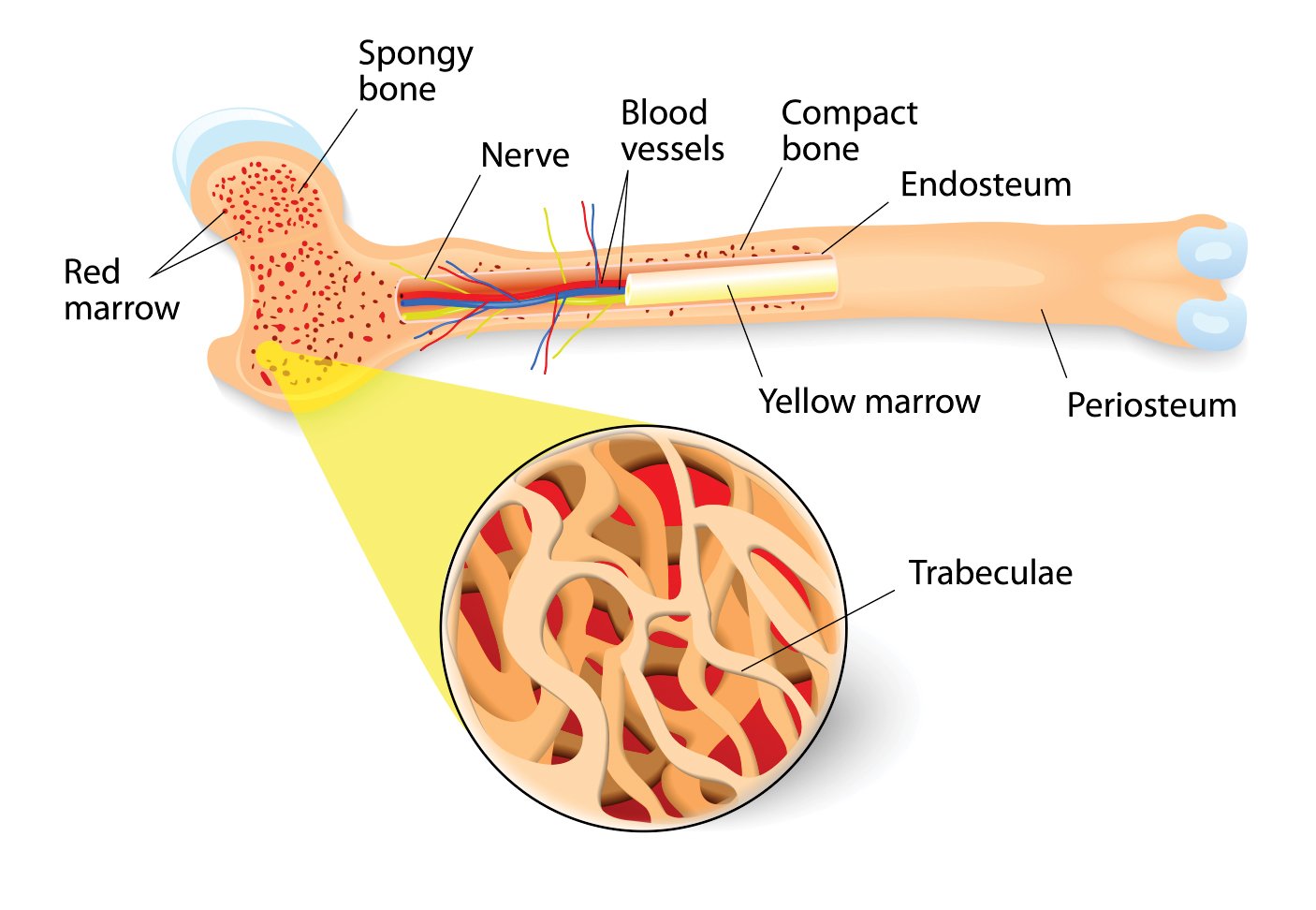
Although from the outside bones look like simple, solid structures, they actually have a clever design that allows your skeleton to be strong without being heavy.
Each bone is made up of two types of bone tissues:
- A thick outer shell called ‘cortical’ (compact) bone
- Strong mesh or scaffolding (like a honeycomb) inside the shell called ‘trabecular’ bone.
Both types of bone tissues are fed by a nerve and blood supply while fat and bone marrow (for blood cell production) fill the spaces.
Bone Remodelling
Bones are living things, although they may feel like rocks. A group of cells called osteoblasts are constantly churning out new bone,while a second set called osteoclasts are destroying them. This constant conflict between creation and destruction is called bone remodelling. It’s the reason bones regenerate after a break, grow rapidly during youth and unfortunately, decline later in life when the balance tips toward destruction.
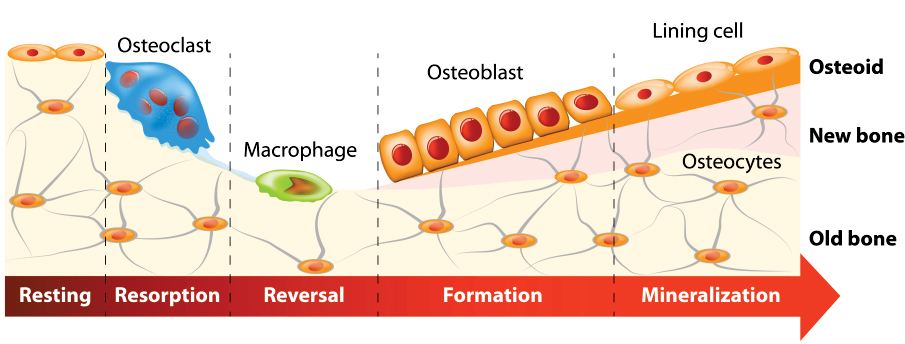
Osteoporosis – Porous Bone / Breaking a Bone
After the age of about 35 years,as part of the ageing process, the total amount of bone tissue starts to decrease. This is often described as ‘bone loss’ or ‘bone thinning’. It doesn’t mean your bones look any different from the outside. However, inside, the cortical ‘shell’ thins and the struts that make up the inner structure become thinner and sometimes break down. This results in the holes in the honeycomb structure becoming larger, hence the term ‘osteoporosis’, literally meaning ‘porous bone’.This change in the quality of your bones is much more likely and more significant as you move into later life,which explains why bones become more fragile and fractures become more common in old age.
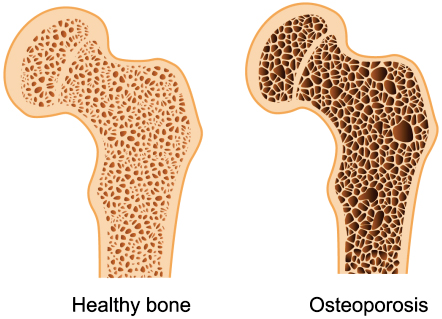
Risk factors
- Gender: More in women but affects men too
- Low body weight: Makes osteoporosis and fractures more likely
- Smoking: More likely to break bones
- Alcohol: Even small amounts can increase chances of falling
- Falling: Older people are at more risk
- Genes: If parents have had a broken hip,it’s more likely for their children to have fragility fractures
- Aging: Increased bone loss, after 75 years of age increases risk
- Race: Caucasian and Asian are at more risk
- Previous fractures: After one fragility fracture, you are 2-3 times more likely to have another.
- Some medicines: Glucorticoids (steroids) for over 3 months, anti epileptic drugs, prostate cancer drugs, breast cancer treatment drugs like aromatase inhibitors, diabetes medications like Pioglitazone
- Medical conditions: Rheumatoid arthritis,low levels of sex hormone estrogen in females especially post menopausal, low levels of sex hormone testosterone in males, hyperthyroidism, parathyroid adenoma, conditions that affect absorption of food like Crohn’s disease and prolonged immobilization
Diagnosis
The most widely recognised test for measuring bone mineral density (BMD) is a quick, painless, non-invasive technology known as dual-energy x-ray absorptiometry (DXA).
This technique, which uses low levels of X-rays, involves passing a scanner over your body while you are lying on a cushioned table. DXA can be used to determine BMD of the entire skeleton and at various sites that are prone to fracture, such as the hip, spine, or wrist. Bone density measurement by DXA at the hip and spine is generally considered the most reliable way to diagnose osteoporosis and predict fracture risk.
For both women and men,the diagnosis of osteoporosis sing DXA measurements of BMD is currently based on a number called a T-score. Your T-score represents the extent to which your bone density differs from the average bone density of young, healthy individual of same sex and race.
T-score of -2.5 or below indicates osteoporosis. T-score of -1.5 to 2.5 indicates osteopenia (precursor to osteoporosis). For young individuals DEXA scan gives Z score which is comparison of your bone density to persons of same age,race and sex.
Clinical indicators
- Bone pains
- Fractures following trivial trauma
- Deformity of back
- Reduction in height
Did you know?
- When you turn 30, your bone begins to break down faster than it is made.
- 1 in 2 women and 1 in 4 men over the age of 50 fracture a bone due to osteoporosis.
- 1.6 million hip fractures occur worldwide every year.
- Most common sites that are prone to fracture are hip,spine or wrist.
- The U.S. Preventive Services Task Force recommends that all women age 65 and older be screened for osteoporosis.
Healthy bones for life!
Your body needs Calcium (at least 1,200 mg per day), Vitamin D (800 to 1,000 IU per day) & Regular Exercise for healthy and strong bones.
Bone Builders: Food for strong bones
- Consume good sources of calcium like dairy milk, cheese (not soft) and yoghurt. Other foods that provide a moderate source of dietary calcium include white bread, sardines and calcium enriched soy milk.
- Consume good sources of Vitamin D like sunlight, fortified milk, canned tuna fish, fatty fish, cod liver oil, egg yolk & mushrooms grown in UV light.
- Build and maintain bone density with weight-bearing and muscle strengthening exercises like dancing, doing high-impact aerobics, hiking, jogging/running, jumping rope, stair climbing, tennis, lifting weights and functional movements, such as standing and rising up on your toes, yoga etc.
Avoid caffeine,alcohol and smoking to have healthy bones for life.
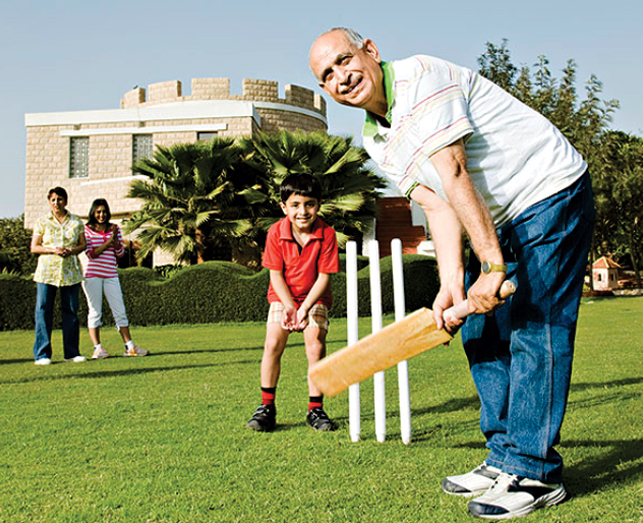
How do I prevent Osteoporosis?
Prevention implies improvement in, and maintenance of healthy bone density and minimizing the bone loss that is seen with ageing in both men and women and in postmenopausal women. Several interventions to prevent osteoporosis and reduce fracture risk can be recommended to the general population. These include an adequate intake of calcium and vitamin D,lifelong participation in regular weight-bearing and muscle-strengthening exercise, avoidance of tobacco use, identification and treatment of alcoholism, and treatment of other risk factors for fracture such as impaired vision.
 Back to Site
Back to Site